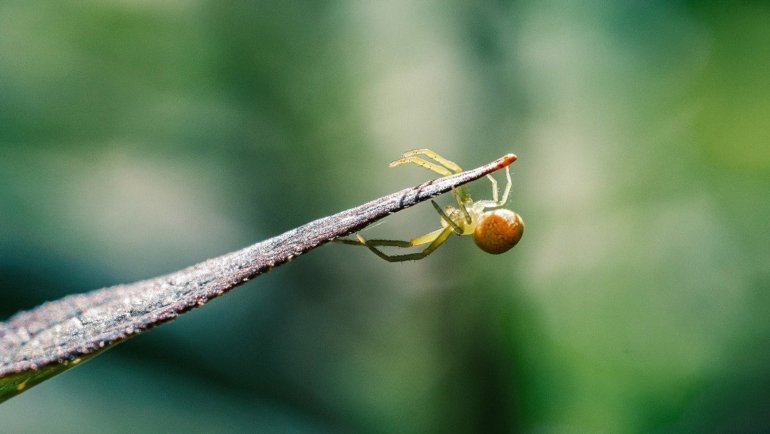When you think of tarantulas, their hairy, imposing appearance might come to mind. These fascinating arachnids are part of the Theraphosidae family and are known for their size, spanning up to 10 inches in leg span. Tarantulas are predominantly nocturnal creatures, residing in warm climates across the globe. These creatures play an essential role in maintaining the balance of their ecosystem by controlling pest populations, feeding on insects, and small animals. Despite their reputation, tarantulas are relatively low on the food chain and face numerous threats from a variety of predators eager to take advantage of their nutrient-rich bodies.
Tarantulas are integral components of their habitats, contributing significantly to the biodiversity of the areas they inhabit. They are primarily carnivorous, acting as both predator and prey in their ecosystems. While tarantulas efficiently hunt and trap their food, they must also navigate the constant threat of being preyed upon. This dual role highlights their significance and vulnerability in the intricate web of life.
Top 10 Predators of Tarantulas
Birds
Birds, with their keen eyesight and agile movements, pose a significant threat to tarantulas. Species such as hawks and owls are known to swoop down on these unsuspecting arachnids, catching them unaware. These birds primarily hunt during dawn or dusk when tarantulas are more active, providing them with ample opportunities for a meal. The bird’s ability to perch quietly and its speed in launching an attack make it a formidable predator.
In regions like the rainforests, tarantulas must also be wary of other avian predators such as toucans and certain types of shrikes. These birds often scavenge the forest floor, searching for arthropods like tarantulas. When a bird spots a tarantula out in the open, it seizes the chance to snatch it up, making birds one of the most adept predators of tarantulas in their natural habitats.
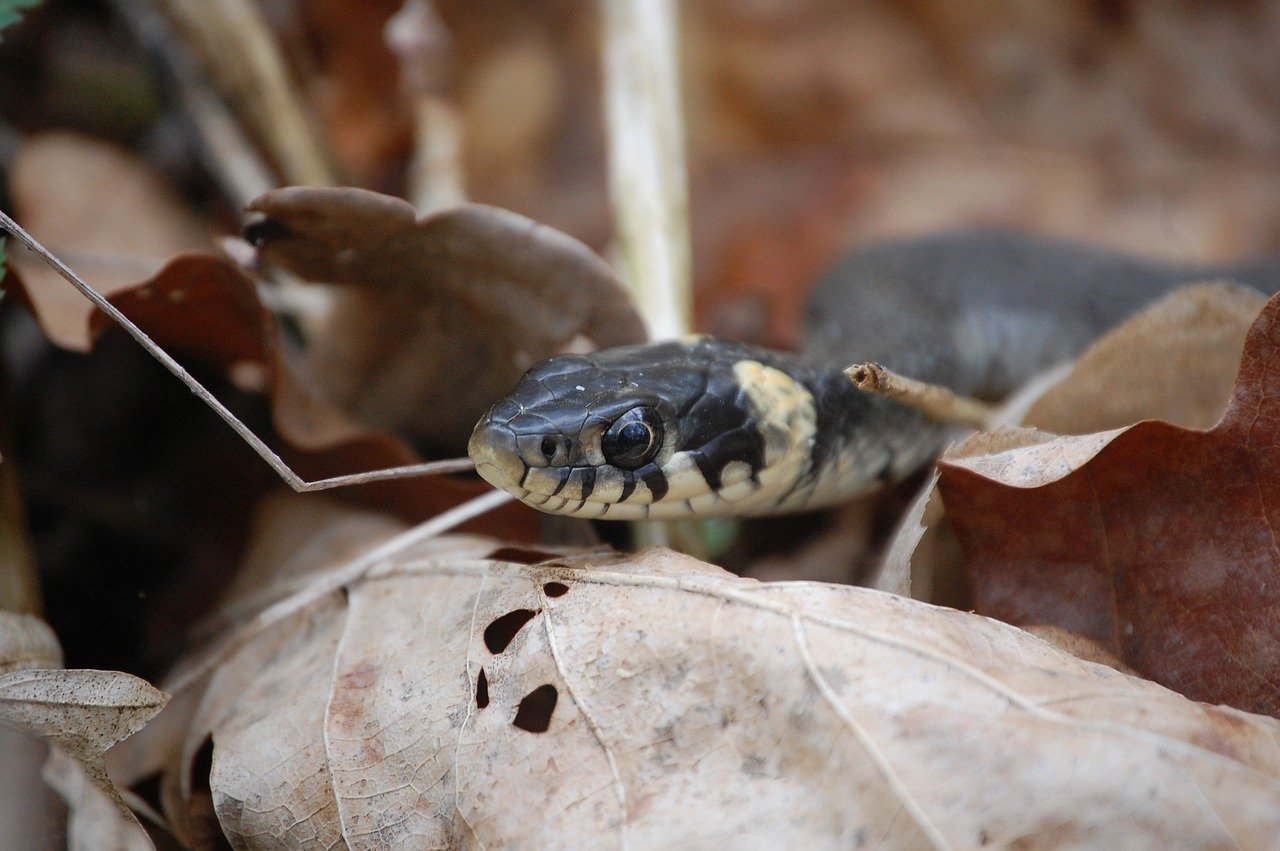
Snakes
While it may come as a surprise, some snakes are skilled hunters of tarantulas. Species like the vine snake, known for its slender body and quick reflexes, find tarantulas to be a delectable meal. These snakes often infiltrate the burrows of tarantulas, taking them by surprise. The constricting nature and venomous bite of these snakes make them effective predators.
In the deserts and forests, the snake’s silent approach allows it to sneak up on tarantulas, which rely heavily on detecting vibrations to sense danger. This stealthy method of hunting leaves tarantulas vulnerable, especially when they are unaware of the impending threat.
Wasps
The tarantula hawk wasp is perhaps the most notorious predator of tarantulas. These wasps are known for their relentless pursuit of the spider, paralyzing them with a potent sting. Once immobilized, the wasp lays its eggs on the tarantula’s body. As the wasp larvae hatch, they feed on the still-living tarantula, ensuring a fresh food source until they mature.
This gruesome relationship highlights the tarantula’s vulnerability in the face of such specialized predators. The wasp’s method of predation is one of nature’s more brutal survival strategies, demonstrating the constant threat tarantulas face from even the smallest of creatures.
Mammals
Small mammals, such as coatis and mongooses, also pose a threat to tarantulas. These mammals are opportunistic feeders, often digging tarantulas out of their burrows or attacking them while they roam the forest floor. With their sharp claws and teeth, they can quickly overpower a tarantula, despite the spider’s defensive efforts.
In some regions, even larger mammals like foxes have been known to prey on tarantulas. These encounters typically occur when tarantulas venture too far from their protective burrows, becoming easy targets for these agile hunters.
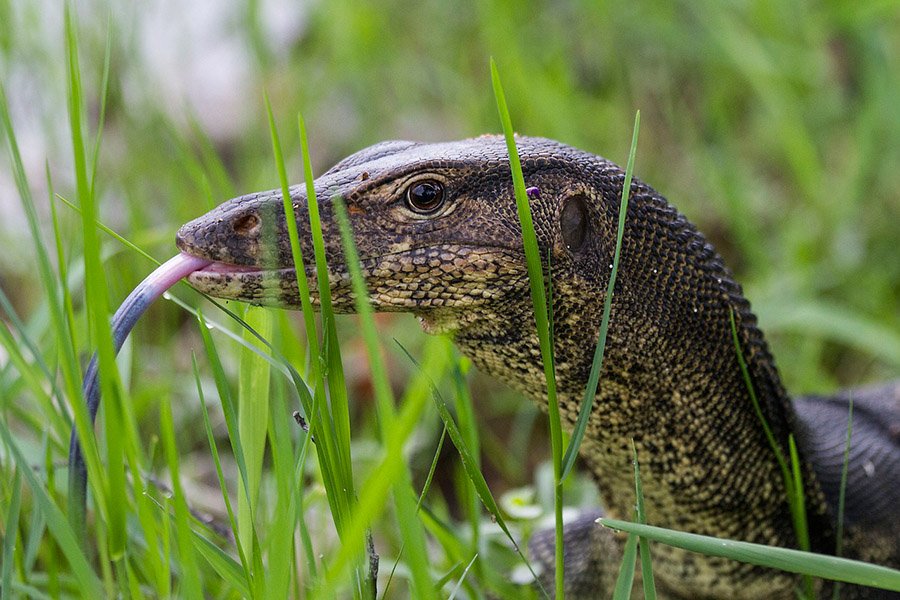
Lizards
Lizards, particularly those of the larger variety like monitor lizards, are adept at hunting tarantulas. Their swift movements and strong jaws allow them to capture and consume these spiders with relative ease. Lizards often rely on their camouflage and stealth to surprise tarantulas, making them effective predators.
In the wild, tarantulas may encounter lizards both on the ground and among the branches of trees, leaving little room for escape. The lizard’s ability to thrive in diverse environments makes them a constant threat to tarantulas across different terrains.
Frogs
Certain species of frogs, particularly those in tropical regions, have been observed preying on tarantulas. These amphibians utilize their quick tongues and surprising speed to catch tarantulas during their nocturnal hunts. While not as common as other predators, frogs still represent a danger to tarantulas, especially when the spider is young or small.
Frogs typically hunt in dense foliage, where tarantulas might wander in search of food. In these environments, the frog’s ambushing tactics can catch a tarantula off guard, leading to a swift demise for the spider.
Rats
Rats, particularly those found in rainforest areas, are known to consume tarantulas. These rodents are opportunistic feeders and will eat whatever they can find, including insects and spiders. Rats can enter tarantula burrows, exploiting the spider’s vulnerability when it cannot escape quickly.
The rat’s omnivorous diet and scavenging behavior make tarantulas an easy target, especially when food is scarce. These encounters typically occur at night when both creatures are active, heightening the risk for tarantulas.
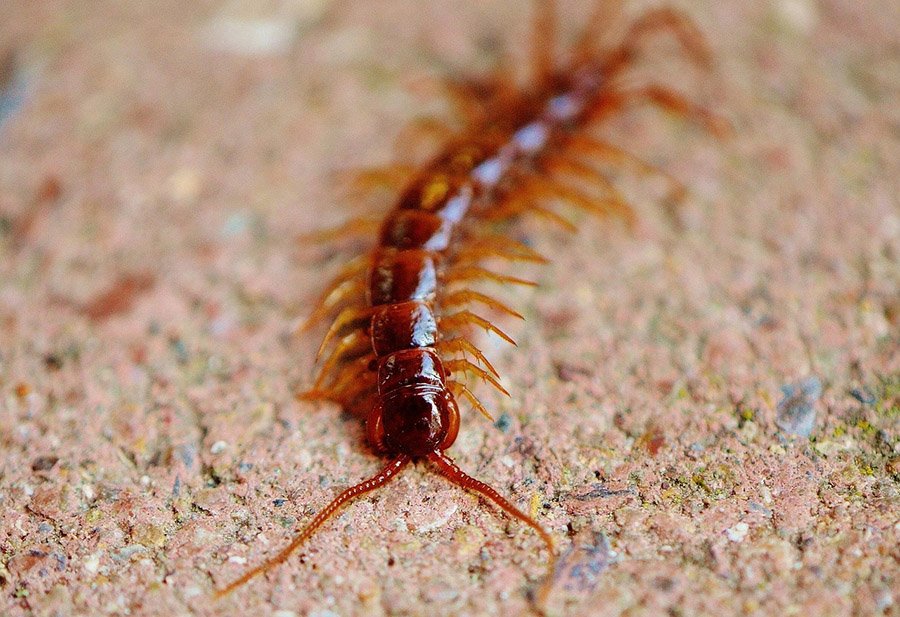
Centipedes
Large centipedes are among the more unusual predators of tarantulas. These multi-legged hunters are known for their voracious appetites and ability to overpower tarantulas with their venomous bites. Centipedes often share the same habitats as tarantulas, leading to frequent encounters.
In their quest for food, centipedes can invade tarantula burrows, where they use their speed and venom to subdue the spider. This aggressive hunting style makes centipedes formidable opponents for tarantulas in the wild.
Humans
While not natural predators, humans pose a significant threat to tarantulas through habitat destruction and collection. Tarantulas are often collected for the pet trade or use in traditional medicine, leading to declines in their populations. Human activities, such as deforestation and urbanization, further threaten their habitats, making survival difficult.
In some cultures, tarantulas are also consumed as a delicacy, adding to the pressures they face from human interactions. These threats highlight the importance of conservation efforts to protect tarantula populations from further decline.
How Do Tarantulas Defend Themselves?
Tarantulas have evolved a range of defense mechanisms to protect themselves from predators. One of their primary defenses is their ability to produce and deploy urticating hairs. These barbed hairs are located on their abdomens and can be released into the air when the tarantula feels threatened. These hairs irritate the skin and mucous membranes of potential predators, providing the tarantula with a crucial window to escape.
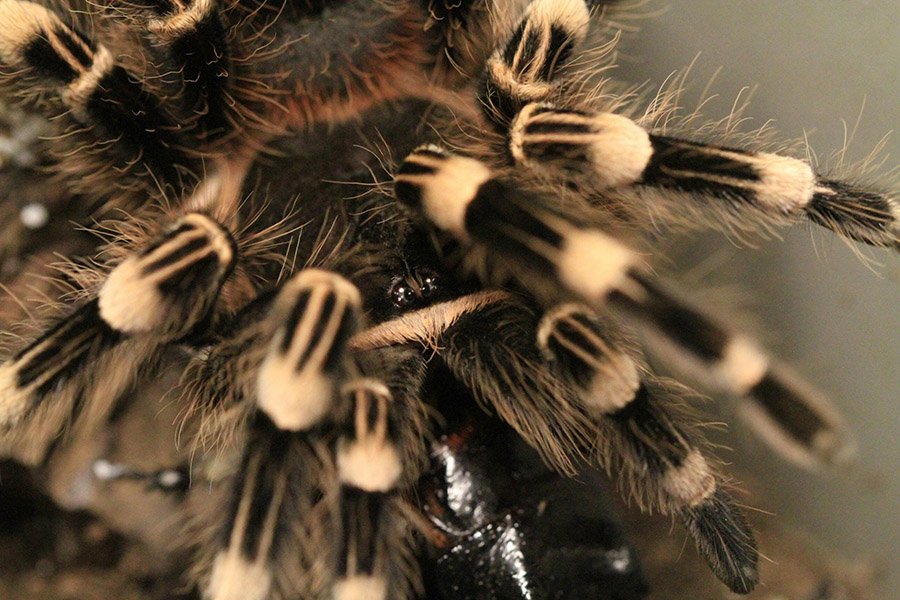
In addition to their urticating hairs, tarantulas rely on their impressive size and intimidating appearance to ward off potential threats. When faced with danger, they may raise their front legs and display their fangs in a threatening posture. This display is often enough to deter smaller predators, as it makes the tarantula appear larger and more formidable.
Tarantulas also employ their agility and speed as a means of defense. They can quickly retreat into their burrows or other hiding spots when danger approaches. The strategic placement of their burrows allows them to retreat quickly and safely, with the narrow entrance making it difficult for larger predators to follow.
Lastly, tarantulas have evolved specialized camouflage that blends with their environment, making them difficult to spot. This natural disguise is particularly effective against predators that rely on sight to hunt. By remaining still and hidden, tarantulas can avoid detection altogether, reducing the likelihood of an encounter with a predator.
Frequently Asked Questions
What animals prey on tarantulas?
Birds, snakes, wasps, mammals, lizards, frogs, rats, centipedes, and even humans are known to prey on or threaten tarantulas.
How do tarantulas defend themselves against predators?
Tarantulas use urticating hairs, intimidating displays, speed, and camouflage to protect themselves from predators.
Are tarantulas aggressive towards humans?
Tarantulas are generally not aggressive towards humans and will only bite if provoked. Their venom is usually not harmful to humans.
What role do tarantulas play in the ecosystem?
Tarantulas help control insect populations and contribute to the biodiversity of their habitats by serving as both predators and prey.
Can tarantulas be kept as pets safely?
Yes, many people keep tarantulas as pets. They require specific care and handling to ensure their health and safety, as well as the safety of the owner.
